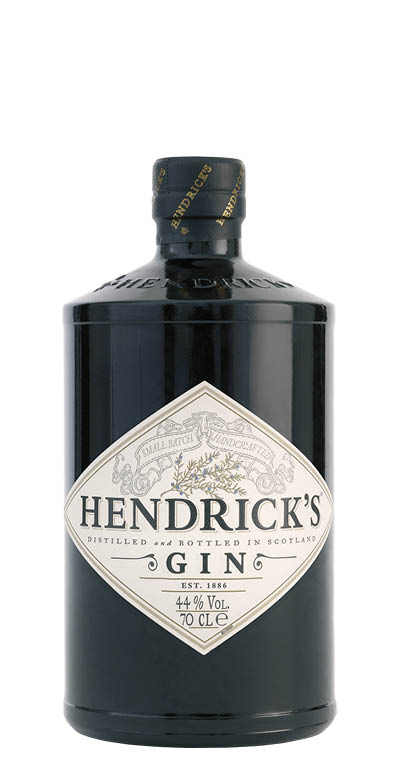Gin Tonic is one of the most loved and consumed cocktails as much for its thirst-quenching taste as for the simplicity of its ingredients. How do you prepare an ideal Gin Tonic?
All you need is a tumbler glass (a cylindrical shaped highball type) filled with ice cubes and basic ingredients :
- 4 cl of gin;
- 10 cl of tonic water;
- 1 slice of lime or lemon, which is sometimes even squeezed into the drink to obtain an even deeper aroma.
Barmen from all over the world create this cocktail giving, at times, a personal touch: there are those who, in their interpretation, add 2 drops of Angostura for a very interesting herbaceous touch and those who insert a sprig of rosemary, a bit as a decoration and a little for the aromas it releases on contact with water and gin. For a touch of freshness it can also be served with 2 slices of cucumber or a slice of grapefruit or even ... berries! What certainly cannot be changed is the base of gin and tonic water to be poured directly into the glass without being shaken.
It seems crazy how this humble drink has, unlike others, such an ancient history, surprisingly full of intrigues that denies it is a simple combination. You are ready?
ORIGINS OF THE GIN:
It all started in the mid-17th century when the doctor Franciscus de la Boe (Dr. Sylvius) developed a research at the University of Leiden in the Netherlands, to make his patients assimilate all the benefits of juniper berries for blood circulation . In a short time he found the taste concoction: a distillate of wheat and juniper berries giving rise to what was then called jenever (today the EU has attributed the name exclusively to spirits produced in Belgium and the Netherlands).
Soon, precisely in the Thirty Years War, when the Dutch and the British found themselves fighting alongside the Spanish Catholics, the two countries began to share their food and first of all just jenever. The British immediately fell in love with the distillate, giving it the name "Dutch Courage", calling it an energizing drink during the battle years. After the war, the British brought jenever home by starting to produce their own version which they similarly called genever, then with the abbreviation gen until it was finally named gin. The production of gin took off when, from the union of England and Scotland, the first distilleries were born producing increasingly intriguing variants of the distillate making it a product of their own.
Gin is, still today, produced by the distillation of barley ferment in which a mixture of herbs, spices, plants and roots (the botanicals) is macerated, first of all, in fact, juniper.
ORIGINS OF TONIC WATER:
As far as tonic water is concerned, we must start from the years in which the United Kingdom exercised its dominion over India. Times when feverish risks were not yet known. The colonialists, in fact, were surprised by a bitter, dangerous enemy, which soon spread, risking to decimate the English army: malaria.
At the beginning of the eighteenth century a surgeon of the 22nd regiment of the Royal Army arrived in Menorca to complete a research on the beneficial properties of the Cinchona bark (a plant with therapeutic properties of South American origin and still the basis of today's tonic water), for the treatment of feverish states and to combat malaria . He came up with a quinine "tonic", which was subsequently regularly released to soldiers on a mission.
It was also discovered that by adding to the "tonic" of quinine, carbon dioxide and sweeteners, the drink acquired a particular taste to be appreciated also as a soft drink.
GIN AND TONIC WATER, GIN TONIC IS BORN:
British soldiers complained so much about the bitter taste of that medicine that, even adding sugar and lemon, it was so sickening. And so it was thought to mix the two drugs to obtain one and more pleasant to the patients .
The most experienced, today, have preferences for both gin and tonic water but the truth is that the two ingredients have the power to enhance each other based on the theory of half the apple, completing perfectly in the most popular cocktail in the world .
And if we believe that Gin Tonic is ideal only for an aperitif and after dinner, we delude ourselves that there is no gastronomic accompaniment to the drink that surprisingly can be appreciated with fish and lean meat dishes, cold pasta, rice and even sandwich. Simple and delicate dishes.

